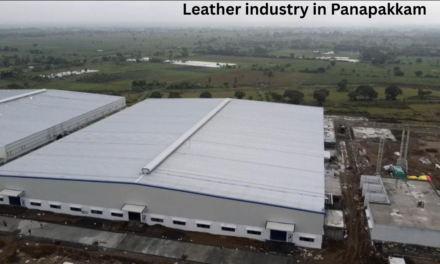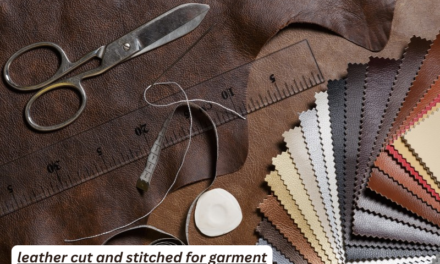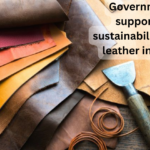The leather industry plays a crucial role in the growth of small and medium enterprises (SMEs) in India:
- Employment Generation: The leather industry, particularly the SME sector, is a significant source of employment, providing livelihoods to millions of people, especially in rural and semi-urban areas.
- Skill Development: Leather SMEs often focus on traditional crafts and artisanal techniques, contributing to the preservation and development of traditional skills and crafts.
- Economic Growth: The growth of leather SMEs contributes to overall economic growth by boosting local economies, generating income, and contributing to exports.
- Raw Material Utilization: Leather SMEs often utilize locally available raw materials, such as hides and skins, promoting the growth of allied industries like animal husbandry and agriculture.
- Market Access: Government initiatives and support programs often target leather SMEs, providing them with access to markets, technology, and finance, enabling them to grow and compete effectively.
However, challenges faced by leather SMEs include:
- Access to finance: SMEs often face difficulties in accessing affordable credit from banks and financial institutions.
- Competition: Competition from larger players and imports can pose a significant challenge to the growth of leather SMEs.
- Skill gaps: A lack of skilled labor can hinder the growth and productivity of leather SMEs.
- Environmental concerns: The leather industry, particularly in certain regions, faces environmental challenges that require careful management and mitigation.
Despite these challenges, the leather industry remains a vital sector for the growth of SMEs in India, contributing significantly to economic development, employment generation, and the preservation of traditional skills.














